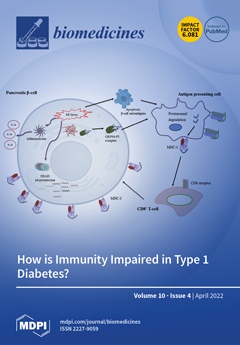Wounds are considered a clinically critical issue, and effective treatment will decrease complications, prevent chronic wound formation, and allow rapid healing. The development of products based on naturally occurring materials is an efficient approach to wound healing. Natural polysaccharides can mimic the extracellular
[...] Read more.
Wounds are considered a clinically critical issue, and effective treatment will decrease complications, prevent chronic wound formation, and allow rapid healing. The development of products based on naturally occurring materials is an efficient approach to wound healing. Natural polysaccharides can mimic the extracellular matrix and promote cell growth, thus making them attractive for wound healing. In this context, the aim of this work was to produce a gel based on chicha gum, chitosan, and
Mauritia flexuosa oil (CGCHO) for wound treatment. TG and DTG analyzed the thermal behavior of the materials, and SEM investigated the surface roughness. The percentages of total phenolic compounds, flavonoids, and antioxidants were determined, presenting a value of 81.811 ± 7.257 µmol gallic acid/g
Mauritia flexuosa oil, 57.915 ± 0.305 µmol quercetin/g
Mauritia flexuosa oil, and 0.379 mg/mL, respectively. The anti-inflammatory was determined, presenting a value of 10.35 ± 1.46% chicha gum, 16.86 ± 1.00%
Mauritia flexuosa oil, 10.17 ± 1.05% CGCHO, and 15.53 ± 0.65% chitosan, respectively. The materials were tested against Gram-negative (
Klebsiella pneumoniae) and Gram-positive (
Staphylococcus aureus) bacteria and a fungus (
Candida albicans). The CGCHO formulation showed better antimicrobial activity against Gram-positive bacteria. In addition, an in vivo wound healing study was also performed. After 21 days of treatment, the epidermal re-epithelialization process was observed. CGCHO showed good thermal stability and roughness that can help in cell growth and promote the tissue healing process. In addition to the good results observed for the antimicrobial, antioxidant, anti-inflammatory activities and providing wound healing, they provided the necessary support for the healing process, thus representing a new approach to the wound healing process.
Full article






